-
 bitcoin
bitcoin $122090.672462 USD
1.59% -
 ethereum
ethereum $4493.758974 USD
0.56% -
 xrp
xrp $3.033145 USD
0.65% -
 tether
tether $1.000629 USD
0.00% -
 bnb
bnb $1169.854250 USD
7.07% -
 solana
solana $230.954786 USD
-0.19% -
 usd-coin
usd-coin $0.999785 USD
0.00% -
 dogecoin
dogecoin $0.256108 USD
-1.12% -
 tron
tron $0.342333 USD
-0.12% -
 cardano
cardano $0.859632 USD
-0.10% -
 hyperliquid
hyperliquid $48.932146 USD
-2.25% -
 chainlink
chainlink $22.345466 USD
-1.29% -
 ethena-usde
ethena-usde $1.000217 USD
-0.03% -
 avalanche
avalanche $31.203456 USD
1.93% -
 sui
sui $3.579145 USD
1.05%
How do we achieve immutability in a blockchain?
Blockchain immutability ensures data, once recorded, cannot be altered due to cryptographic hashing, consensus mechanisms, and decentralization.
Sep 20, 2025 at 03:55 am
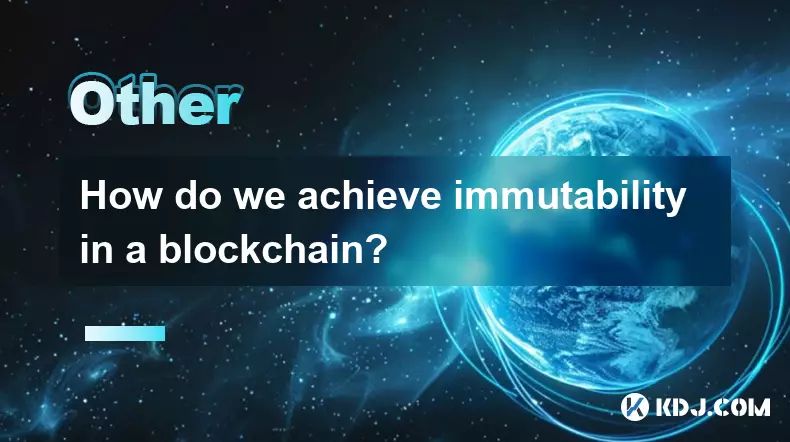
Understanding Blockchain Immutability
Immutability in blockchain refers to the unchangeable nature of data once it has been recorded on the distributed ledger. This characteristic is one of the foundational principles that give blockchain its trustworthiness and resistance to tampering.
The combination of cryptographic hashing, consensus mechanisms, and decentralized architecture ensures that altering any piece of data would require rewriting the entire chain across most nodes simultaneously, a practically impossible feat.- Each block contains a cryptographic hash of the previous block, creating a chronological chain.
- Any change in transaction data alters the block’s hash, breaking the link with subsequent blocks.
- Nodes in the network validate new blocks before accepting them into the ledger.
- Once confirmed and embedded in the chain, reversing transactions requires majority network control.
- The transparency of public ledgers allows every participant to verify the integrity of historical records.
Role of Cryptographic Hashing
Cryptographic hashing plays a central role in preserving data integrity across the blockchain. Every block processes its data through a deterministic hash function, producing a unique fixed-size output.
Even a minor modification in input data results in a completely different hash, immediately exposing unauthorized changes.- SHA-256 is commonly used in Bitcoin and several other blockchains for secure hashing.
- Hash values act as digital fingerprints for blocks, enabling quick verification.
- Merkle trees aggregate transaction hashes, allowing efficient and secure batch validation.
- If a malicious actor alters a single transaction, the Merkle root no longer matches, invalidating the block.
- Hash pointers connect blocks, making retroactive edits evident due to hash mismatches.
Consensus Mechanisms and Network Agreement
For a blockchain to remain immutable, all participants must agree on the validity of each new block. Consensus algorithms enforce rules that prevent fraudulent entries and maintain uniformity across nodes.
Proof-of-Work and Proof-of-Stake are two dominant models that make unauthorized alterations prohibitively expensive and easily detectable.- In Proof-of-Work, miners compete to solve complex puzzles, ensuring only valid blocks are added.
- Altering an old block would require re-mining that block and all subsequent blocks, demanding immense computational power.
- Proof-of-Stake selects validators based on their economic stake, disincentivizing malicious behavior.
- Validators risk losing their staked assets if they attempt to approve fraudulent data.
- Finality protocols in modern blockchains confirm when blocks become irreversible under the current consensus state.
Decentralization as a Defense Layer
The distributed nature of blockchain networks enhances immutability by eliminating single points of failure or control. Data resides across thousands of nodes worldwide, each maintaining a copy of the ledger.
A successful attack on immutability would necessitate compromising a vast number of geographically dispersed systems at once, which is economically and logistically unfeasible.- No central authority can unilaterally alter transaction history.
- Peer-to-peer propagation ensures rapid dissemination of legitimate updates.
- Honest nodes reject blocks that violate protocol rules or show signs of tampering.
- Regular synchronization among nodes reinforces consistency and detects anomalies.
- Open-source implementations allow public scrutiny of code, reducing hidden vulnerabilities.
Frequently Asked Questions
What happens if someone tries to modify a past block?Attempting to change a past block alters its hash, which invalidates every block built upon it. The rest of the network continues on the original chain, rendering the altered version orphaned unless the attacker controls the majority of the network's resources.
Can immutability be achieved without decentralization?In private or permissioned blockchains, immutability still exists but relies more on access control than economic or computational security. These systems offer limited immutability compared to public blockchains due to centralized oversight.
Is blockchain truly 100% immutable?While designed to be immutable, theoretical attacks like 51% attacks can compromise older blocks in some proof-of-work chains. However, such attacks are rare, costly, and often detected quickly, limiting practical impact.
How do upgrades or forks affect immutability?Protocol upgrades may introduce soft or hard forks. Soft forks maintain backward compatibility and don’t break immutability. Hard forks create divergent chains, but original data remains unchanged on the legacy path, preserving historical integrity within each branch.
Disclaimer:info@kdj.com
The information provided is not trading advice. kdj.com does not assume any responsibility for any investments made based on the information provided in this article. Cryptocurrencies are highly volatile and it is highly recommended that you invest with caution after thorough research!
If you believe that the content used on this website infringes your copyright, please contact us immediately (info@kdj.com) and we will delete it promptly.
- BlockDAG, DOGE, HYPE Sponsorship: Crypto Trends Shaping 2025
- 2025-10-01 00:25:13
- Deutsche Börse and Circle: A StableCoin Adoption Powerhouse in Europe
- 2025-10-01 00:25:13
- BlockDAG's Presale Buzz: Is It the Crypto to Watch in October 2025?
- 2025-10-01 00:30:13
- Bitcoin, Crypto, and IQ: When Genius Meets Digital Gold?
- 2025-10-01 00:30:13
- Stablecoins, American Innovation, and Wallet Tokens: The Next Frontier
- 2025-10-01 00:35:12
- NBU, Coins, and Crypto in Ukraine: A New Yorker's Take
- 2025-10-01 00:45:14
Related knowledge
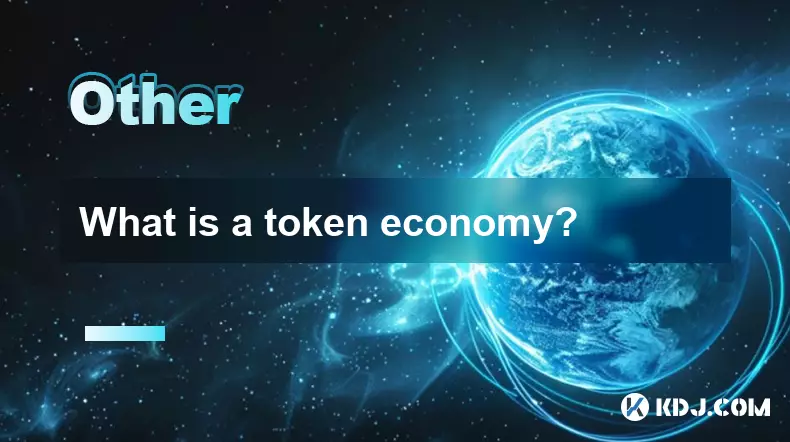
What is a token economy?
Sep 20,2025 at 12:18am
Understanding the Foundations of a Token Economy1. A token economy in the context of cryptocurrency refers to a system where digital tokens are used a...
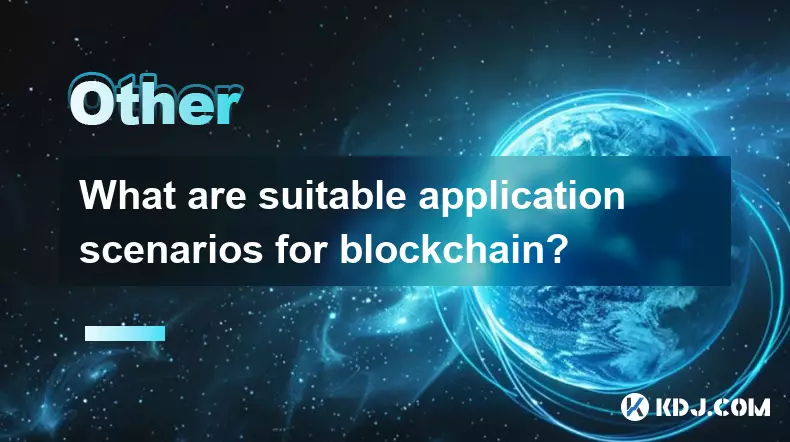
What are suitable application scenarios for blockchain?
Sep 20,2025 at 03:19am
Decentralized Finance (DeFi) Platforms1. Blockchain enables the creation of financial services without centralized intermediaries, allowing users to l...
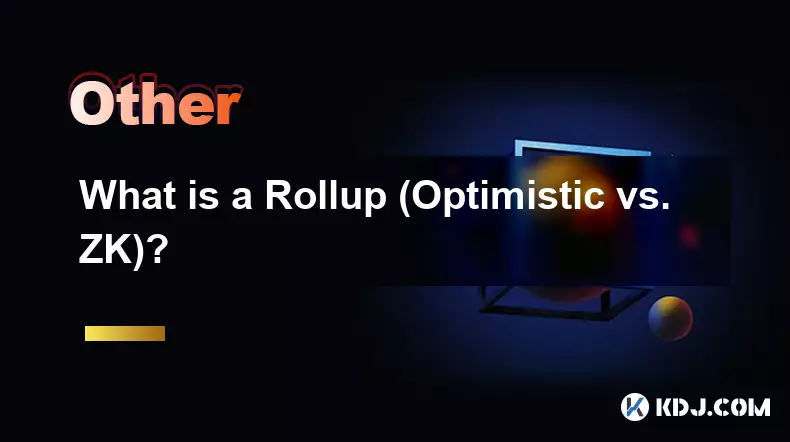
What is a Rollup (Optimistic vs. ZK)?
Sep 22,2025 at 03:00pm
Understanding Rollups in Blockchain Technology1. Rollups are layer-2 scaling solutions designed to increase transaction throughput on blockchains like...
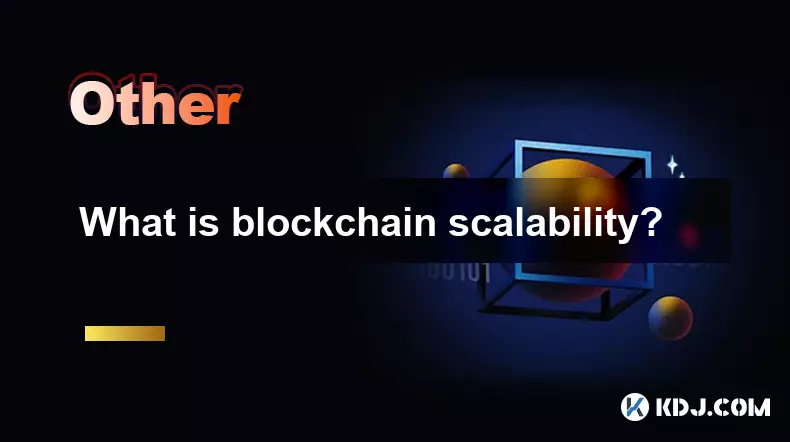
What is blockchain scalability?
Sep 19,2025 at 06:18am
Understanding Blockchain Scalability1. Blockchain scalability refers to a network's ability to handle an increasing number of transactions without com...
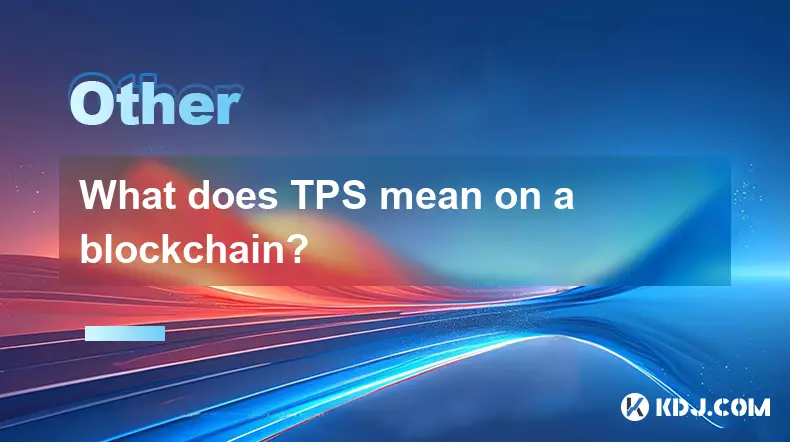
What does TPS mean on a blockchain?
Sep 21,2025 at 09:54am
Understanding TPS in Blockchain Technology1. TPS stands for Transactions Per Second, a metric used to measure the number of transactions a blockchain ...
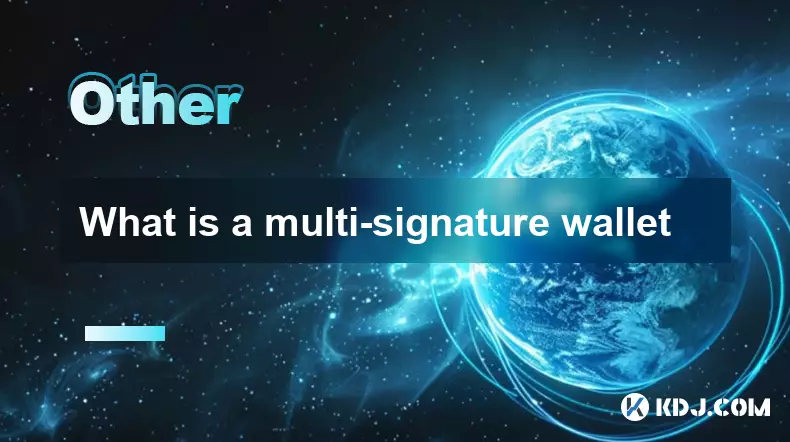
What is a multi-signature wallet
Sep 20,2025 at 07:00am
Understanding Multi-Signature Wallets in Cryptocurrency1. A multi-signature wallet, often referred to as a multisig wallet, is a type of cryptocurrenc...

What is a token economy?
Sep 20,2025 at 12:18am
Understanding the Foundations of a Token Economy1. A token economy in the context of cryptocurrency refers to a system where digital tokens are used a...

What are suitable application scenarios for blockchain?
Sep 20,2025 at 03:19am
Decentralized Finance (DeFi) Platforms1. Blockchain enables the creation of financial services without centralized intermediaries, allowing users to l...

What is a Rollup (Optimistic vs. ZK)?
Sep 22,2025 at 03:00pm
Understanding Rollups in Blockchain Technology1. Rollups are layer-2 scaling solutions designed to increase transaction throughput on blockchains like...

What is blockchain scalability?
Sep 19,2025 at 06:18am
Understanding Blockchain Scalability1. Blockchain scalability refers to a network's ability to handle an increasing number of transactions without com...

What does TPS mean on a blockchain?
Sep 21,2025 at 09:54am
Understanding TPS in Blockchain Technology1. TPS stands for Transactions Per Second, a metric used to measure the number of transactions a blockchain ...

What is a multi-signature wallet
Sep 20,2025 at 07:00am
Understanding Multi-Signature Wallets in Cryptocurrency1. A multi-signature wallet, often referred to as a multisig wallet, is a type of cryptocurrenc...
See all articles










































































